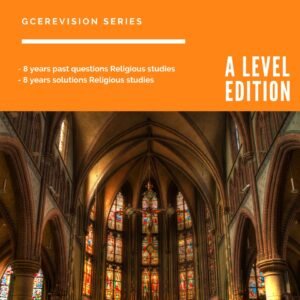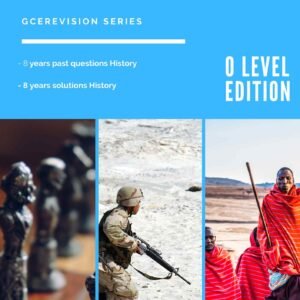chapter 2 : states and kingdoms in the 19th century
Before the annexation of Cameroon, there existed states and kingdoms in the territory that later became Cameroon. These states and kingdoms are divided into centralized states and non-centralized states. The centralized states were found in the Western grassfields and the Adamawa grassland region. The non-centralized states were found in the forest and coastal regions. Centralized States or State-like Societies of the Grassfields These States were well-organized political institutions. They had a central authority who was the chief. The chief was called in Kom, fon in Nso, sultan in Bamum and lamdio in the admawa area. These centralised state had a well structure administrative set up that was similar to the modern administrative system we have today.
Characteristics of Centralized States
AdministrationThe political organization of centralized states was highly centralized. There was a strict respect of administrative hierarchy. The chief was at the top of the administration. He was assisted by notables, then quarter heads. For example, in the Bafut fondom, the fon was Assisted by the Ndemfor and Muma.
Chieftaincy The chieftaincy institution was well organized in centralized states of the grassfields of Cameroon. The chief who has been appointed as the supreme leader of the state or authority. It was thought he had divine powers and competence to handle important issues concerning the kingdom. Also, he had the power of life and death over his subject, controlled all1 farmland and regulated diplomatic activities with neighboring kingdoms. This was the case in Bafut, Nso, Kom and the lamidats of Adamawa.
Regulatory Societies or Bodies.The regulatory societies made up the legislative arm of the pre-colonial government in the centralized states of Cameroon. In Nso it was called Ngwerong, Bali Ngumba, Kwifoyn Kom and Bafut Kwifon. These were secret societies that regulated the powers of the chief so that it could not be too powerful. For instance, in Bafut kwifon could question the fon, fine him or if he went against the laws of the land. Also, in Kom kwifoyn could discipline the fon by him.
Military organization.The centralized states had well elaborated military organizations. These states had war clubs which were responsible for defending the states or kingdoms against invaders and for fighting wars of expansion. For example, in which there was a Mfu which was divided into Mfu gham under mformi gham and mfu bah under mformi bah. Also, in Bafut the war club was called Manjong
Social classification People in the centralised society were divided into distinct classes the top of the social ladder and the members of the royal family. This was followed by the nobles who assisted the chief in administration. They were followed by the sub-chiefs and quarter-heads. The last class was made up of commoners. Class distinction was common in the Bafut, Nso and Kom fondoms.
Religious Believes. African traditional religion was practiced in the centralized states. They believed in being responsible for rainfall, sunshine, fruit ripening and good harvest. They worship ancestors, they believed in the link between the dead and the living They believed that these ancestors lived in rivers, forest and rocks. For example, ancestral worship was practiced in Bafut, Bali and Kom.








Yiha Linda
March 4, 2022
Wow that's awesome
Ishmael
September 22, 2022
Nice one . How can I get the pre-colonial history of the meta tribe of grass field
Vincent
December 6, 2022
Good job, well developed
Divine
October 6, 2023
WOW!! Just as I expected. Simple and straight forward analysis with concrete example
HABIBU AMADOU
October 17, 2023
Wow! Very interesting
Gafua salvation
October 28, 2023
Good job. God bless you